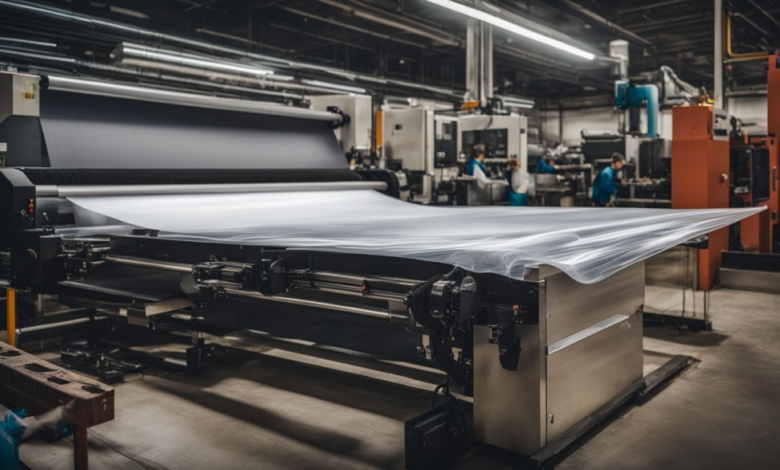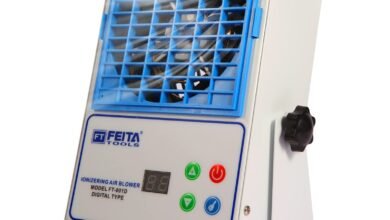How Thermoforming Contributes to Efficient Manufacturing Cycles

Thermoforming, a versatile plastic manufacturing process, plays a pivotal role in enhancing manufacturing efficiency across various industries. This article explores the ways in which thermoforming contributes to efficient manufacturing cycles, enabling cost-effective production, rapid prototyping, and streamlined processes.
Introduction to Thermoforming
Definition and Process
Thermoforming is a manufacturing process that vacuum forming car parts involves heating a thermoplastic sheet until it becomes pliable, then forming it over a mold using vacuum pressure or mechanical force. This process is widely used to produce a diverse range of plastic parts, including packaging trays, automotive components, and consumer goods.
Enhancing Efficiency in Manufacturing Cycles
Cost-Effective Production
One of the key advantages of thermoforming is its cost-effectiveness, particularly for large-volume production runs. Thermoforming offers lower tooling costs and faster cycle times compared to injection molding, making it an attractive option for mass production of plastic parts. Additionally, the ability to use recycled materials further reduces production costs and environmental impact.
Rapid Prototyping and Iteration
Thermoforming enables rapid prototyping custom plastic thermoforming and iteration of part designs, allowing manufacturers to quickly test and refine concepts before committing to full-scale production. By producing low-cost prototypes using thermoforming, designers can identify design flaws, optimize part geometry, and reduce time-to-market, resulting in more efficient manufacturing cycles.
Streamlined Processes
Thermoforming integrates seamlessly into existing manufacturing processes, offering flexibility and scalability to meet changing production demands. Unlike injection molding, which requires expensive molds and long lead times, thermoforming allows for on-demand production of parts with minimal setup time. This agility enables manufacturers to respond quickly to customer orders and market trends, leading to more efficient manufacturing cycles.
Applications Across Industries
Packaging Industry
In the packaging industry, thermoforming contributes to efficient manufacturing cycles by enabling the production of lightweight, durable, and cost-effective packaging solutions. Thermoformed packaging trays and containers protect products during shipping and handling, reducing product damage and minimizing waste throughout the supply chain.
Automotive Industry
Thermoforming plays a crucial role in the automotive industry by providing lightweight, high-performance components for vehicles. From interior trim panels to exterior body panels, thermoformed parts contribute to improved fuel efficiency, reduced vehicle weight, and enhanced aesthetic appeal. The efficiency of thermoforming processes helps automotive manufacturers meet production targets and deliver quality parts to customers on time.
Future Trends and Innovations
Advanced Materials and Technologies
As technology continues to advance, we can expect to see the development of new materials and technologies that further enhance the efficiency of thermoforming processes. From bio-based plastics to 3D-printed molds, these innovations will enable manufacturers to produce high-quality parts more quickly and cost-effectively than ever before.
Automation and Robotics
Automation and robotics are poised to revolutionize the thermoforming industry, streamlining production processes and increasing efficiency. Automated systems can perform tasks such as material handling, mold changing, and quality inspection, reducing labor costs and cycle times while improving overall production efficiency.
Conclusion
Thermoforming is a versatile manufacturing process that contributes to efficient manufacturing cycles across various industries. By offering cost-effective production, rapid prototyping, and streamlined processes, thermoforming enables manufacturers to meet production targets, reduce time-to-market, and deliver high-quality parts to customers. As technology continues to evolve, we can expect to see further advancements in thermoforming processes, driving increased efficiency and innovation in plastic part manufacturing.




